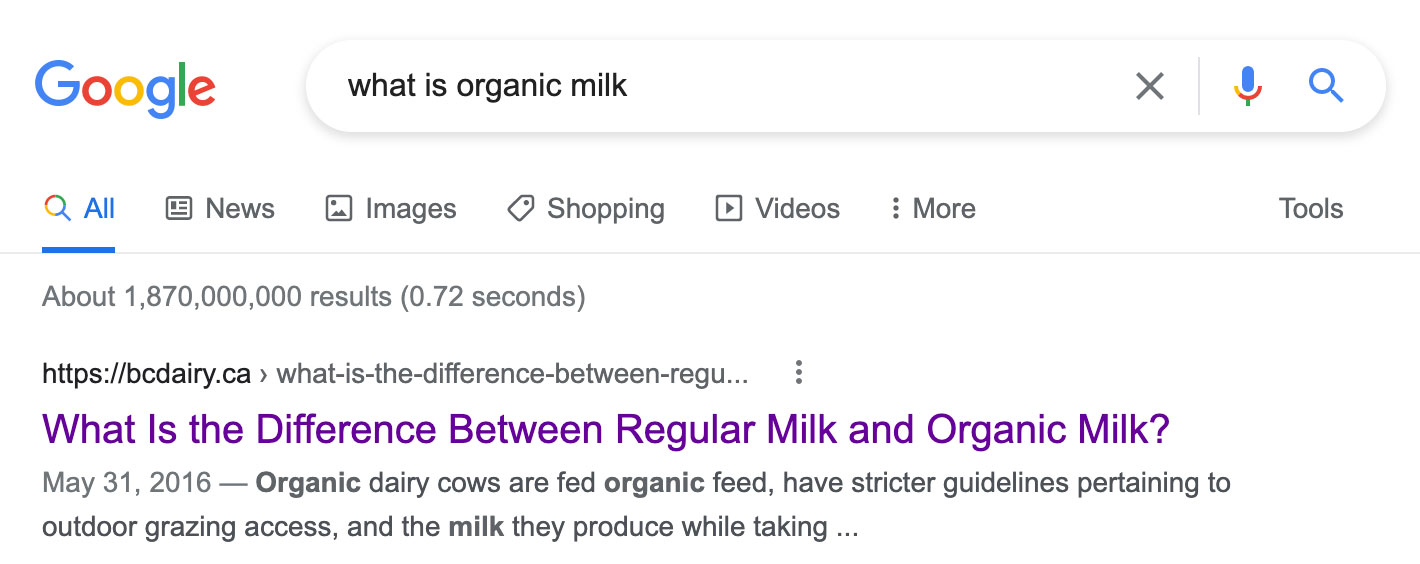6 Simple SEO Tips to Boost Your Website Search Ranking for 2022

With 2022 on the way and lots of things continuing to change in the world, search engine optimization, or SEO, remains a critical aspect of a company’s overall digital marketing. SEO helps a website appear higher on search results when their target audience is searching for products or services related to the company. This is especially important in today’s highly digitalized world.
If you want to improve your website’s search ranking, definitely check out these six tips below.
Create an order list to answer question-based queries
More users are conducting question-based queries to find search results. To rank for these search queries, you can write a blog post and include a frequently-asked-questions section or other questions and answers content. This will help your blog post appear on search results when your FAQ or Q&A content matches with a user’s question.

Use lazy loading
Lazy loading is an approach of delaying load or initialization of resources or objects until they’re actually needed to improve performance and save system resources. For example, if a web page has an image that the user has to scroll down to see, you can display a placeholder and lazy load the full image only when the user arrives at its location.
Three key benefits of lazy loading include:
- Limits initial load time – Lazy loading a webpage reduces page weight, allowing for a quicker page load time.
- Conserve bandwidth – Lazy loading conserves bandwidth by delivering content to users only if it’s requested.
- Conserve system resource – Lazy loading conserves both server and client resources, because only some of the images, JavaScript and other code actually needs to be rendered or executed.
Overall, using lazy loading improves a website’s page speed which ultimately increases a website’s search ranking. Website page speed affects a website’s user experience (UX), which Google takes into consideration when ranking a website.
Include relevant keywords in the title and subheadings
Google uses keywords in your webpage’s title and subheadings to gain textual understanding of the webpage. It will then display the webpage based on keywords in the title or subheadings. For example, if your webpage’s title and subheading include the keywords “1 King Bed Hotel Vancouver”, Google will understand that the webpage is related to “1 King Bed Hotel Vancouver” and will display the webpage in relevant search queries.
Include relevant keywords in the page URL
Google uses keywords in a page URL to gain textual understanding of a webpage. For example, if a page URL parameter includes the keywords “2022-Toyota-RAV4”, Google will understand that the webpage is related to the 2022 Toyota RAV4, and will rank the webpage accordingly.
Earn deep backlinks
A backlink is a link from an external site to your website. They are an important element of SEO. Backlinks demonstrate to search engines that a website is credible and authoritative, which is why they are receiving external links. The more quality backlink a website has, the greater the website’s chance of appearing higher on Google search results.
A deep backlink is a backlink that links directly to a specific webpage on a website instead of to the homepage. For example, if an external link links to a specific product or service page, the link is a deep link.
You want to gain deep backlinks to high-value pages so these pages can rank for specific search queries. For example, if you’re a vegan food company, you want to earn deep backlinks to a specific product page such as “vegan egg” or “vegan tofu” so these product pages can appear higher on search results for their respective product or industry-related search terms.
Link to your website site in the footer
A website sitemap is a directory that lists all the pages on a domain.
Search engines such as Google read a website sitemap to crawl a site more efficiently. A sitemap tells Google which pages and files they think are important in your site and also provides valuable information about these files. Moreover, the sitemap displays new pages that are added to the website so Google can find and crawl these pages.
You can add a link of your sitemap in your website footer. When you do this, Google can easily find your sitemap and crawl all the pages listed in the sitemap. If you have created a new page on your website, adding it to the sitemap in the footer will help Google understand its contents and rank the webpage accordingly.
If you’re using a content management system (CMS) such as WordPress, the CMS automatically generates a sitemap. You can find your sitemap and search yourdomain.com/sitemap. Include a link of the sitemap in the footer.
SEO is a long-term game. By using the six tips above, you will slowly but surely see growth in your website’s search rankings.
Original content published on BCAMA
